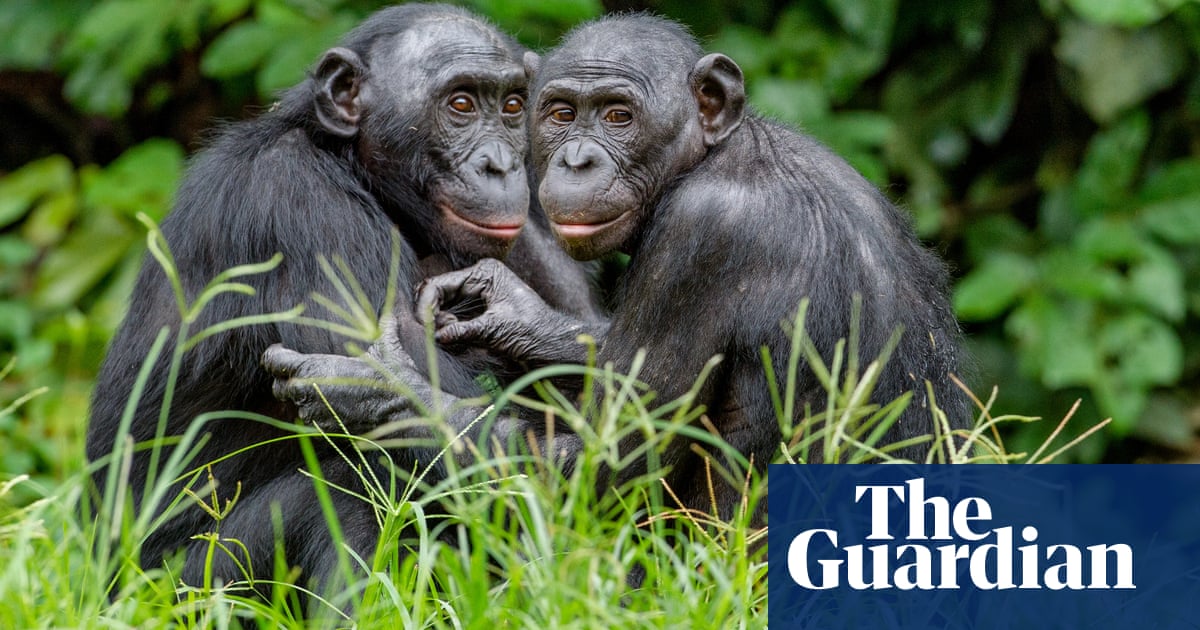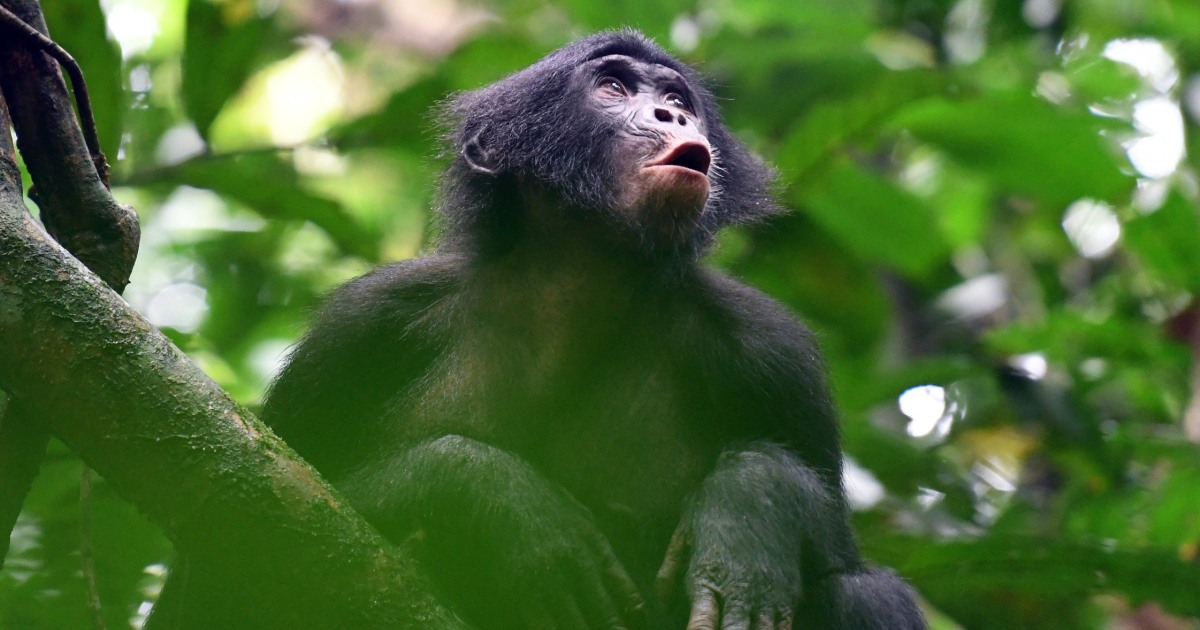New Study Reveals Bonobos Exhibit Complex Communication Similar to Human Language
Research indicates that bonobos can combine vocalizations in ways that reflect advanced linguistic principles, challenging long-held views about language distinctiveness.
Overview
A groundbreaking study shows wild bonobos can combine vocalizations to create new meanings, echoing features of human language. Researchers recorded 700 calls and analyzed their context, discovering nontrivial compositionality—where vocal combinations convey intricate meanings, challenging the notion that only humans possess this ability. The findings may provide insights into the evolutionary origins of language, suggesting a deeper link between human communication and that of our closest relatives. This advancement adds another layer to our understanding of language development from common ancestors shared with bonobos, inviting further exploration into communication across species.
Content generated by AI—learn more or report issue.

Get both sides in 5 minutes with our daily newsletter.
Analysis
- New research reveals that bonobos, our closest evolutionary relatives, showcase an ability to combine vocalizations in complex ways akin to human language, suggesting that the evolution of communication is more intricate than previously thought.
- The study indicates that bonobos can form phrases where one call modifies the meaning of another, challenging the idea that nontrivial compositionality is exclusive to human language.
- The findings provide insight into the potential evolutionary progression of language and communication among primates, hinting at a shared ancestral trait that dates back millions of years.
Articles (4)
Center (2)
FAQ
No FAQs available for this story.
History
- This story does not have any previous versions.



